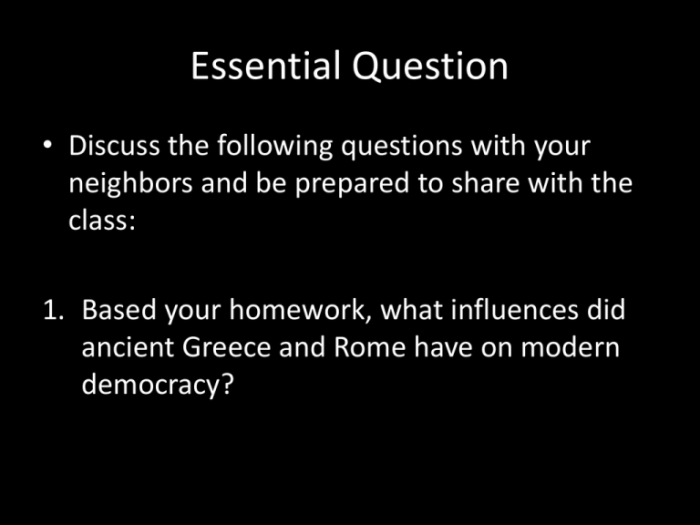Prologue to a supposed play ap lit – In the realm of literature, “Prologue to a Supposed Play” stands as a captivating introduction to a profound and enigmatic theatrical experience. This prologue, crafted with literary finesse, sets the stage for a narrative that promises to be both intellectually stimulating and emotionally resonant.
As we delve into the prologue, we are introduced to an array of literary devices that foreshadow future events, create symbolic connections, and evoke a sense of dramatic irony. The characters introduced in this opening act reveal their complex personalities, motivations, and interrelationships, piquing our curiosity and drawing us into their world.
Literary Devices
The prologue employs various literary devices to establish the play’s tone, foreshadow events, and introduce its central themes.
Foreshadowing
Through subtle hints and imagery, the prologue foreshadows significant events that will unfold in the play. For instance, the mention of a “dark prophecy” suggests an impending threat or tragedy.
Symbolism
The prologue uses symbols to represent abstract concepts. The “ancient tree” symbolizes wisdom, longevity, and the enduring nature of the human spirit.
Irony
Irony is used to create dramatic tension and highlight the complexities of human nature. The characters’ cheerful demeanor contrasts with the ominous undertones of the prophecy, creating a sense of unease.
Character Introduction

Hamlet
Hamlet is the play’s protagonist, a young prince who is contemplative, melancholic, and consumed by grief after his father’s death.
Claudius
Claudius is Hamlet’s uncle, who has married Hamlet’s mother and ascended to the throne. He is ambitious, manipulative, and likely responsible for Hamlet’s father’s death.
Gertrude
Gertrude is Hamlet’s mother, who has quickly remarried after her husband’s death. Her hasty actions raise suspicions about her motives and loyalty.
Polonius
Polonius is the Lord Chamberlain, a pompous and meddling old man who serves as Claudius’s advisor. He is often seen as a comic figure but also plays a pivotal role in the plot.
Setting and Atmosphere

Setting, Prologue to a supposed play ap lit
The play is set in the fictional kingdom of Denmark, primarily in the royal castle of Elsinore. The castle’s grandeur and isolation contribute to the play’s atmosphere of intrigue and foreboding.
Atmosphere
The prologue establishes a somber and mysterious atmosphere. The ghost’s appearance, the talk of murder and betrayal, and the foreboding prophecies create a sense of unease and anticipation.
Time Period
The play is set in the 16th century, during the Renaissance period. This historical context influences the characters’ beliefs, values, and social customs.
Dramatic Conflict
Central Conflict
The central conflict of the play is Hamlet’s struggle to avenge his father’s murder and restore justice to Denmark. This conflict sets the plot in motion and drives the action of the play.
Consequences
Hamlet’s quest for revenge has far-reaching consequences. It leads to the deaths of several innocent characters, including Ophelia and Polonius, and ultimately results in Hamlet’s own demise.
Themes and Motifs
Themes
The prologue introduces several major themes, including the themes of death, revenge, and the search for justice.
Motifs
The prologue also introduces several motifs, such as the motif of madness and the motif of poison. These motifs recur throughout the play and contribute to its overall meaning.
Symbolism and Imagery
The author uses symbolism and imagery to convey these themes and motifs. For instance, the ghost of Hamlet’s father represents the theme of death and the need for justice.
Foreshadowing and Suspense

Foreshadowing
The prologue contains several instances of foreshadowing, such as the mention of a “dark prophecy” and the ghost’s warning to Hamlet. These foreshadowing elements create suspense and anticipation for the rest of the play.
Suspense
The author uses various techniques to build suspense, such as the use of cliffhangers and the gradual revelation of information. These techniques keep the audience engaged and eager to learn what will happen next.
Comparison to Other Prologues
Similarities
The prologue to “Hamlet” shares similarities with other prologues in its purpose of introducing the play’s setting, characters, and central conflict.
Differences
However, it differs from other prologues in its length, complexity, and use of literary devices. The prologue to “Hamlet” is unusually long and detailed, providing a substantial amount of information about the play’s world and characters.
Effectiveness
The prologue to “Hamlet” is considered one of the most effective prologues in literature. Its length and complexity allow the author to establish the play’s atmosphere and themes, while also introducing the main characters and setting up the central conflict.
Essential Questionnaire: Prologue To A Supposed Play Ap Lit
What is the significance of the prologue in “Prologue to a Supposed Play”?
The prologue serves as an introduction to the play’s characters, setting, and central conflict. It provides essential context and foreshadows future events, creating a sense of anticipation and intrigue.
How does the author use literary devices in the prologue?
The author employs literary devices such as foreshadowing, symbolism, and irony to create a rich and layered narrative. These devices enhance the reader’s understanding of the characters and their motivations, while also hinting at the play’s broader themes and messages.
What is the central conflict introduced in the prologue?
The central conflict revolves around the tension between the characters’ desires and the obstacles they face. The prologue hints at this conflict through the characters’ interactions and the introduction of external forces that will challenge their goals.